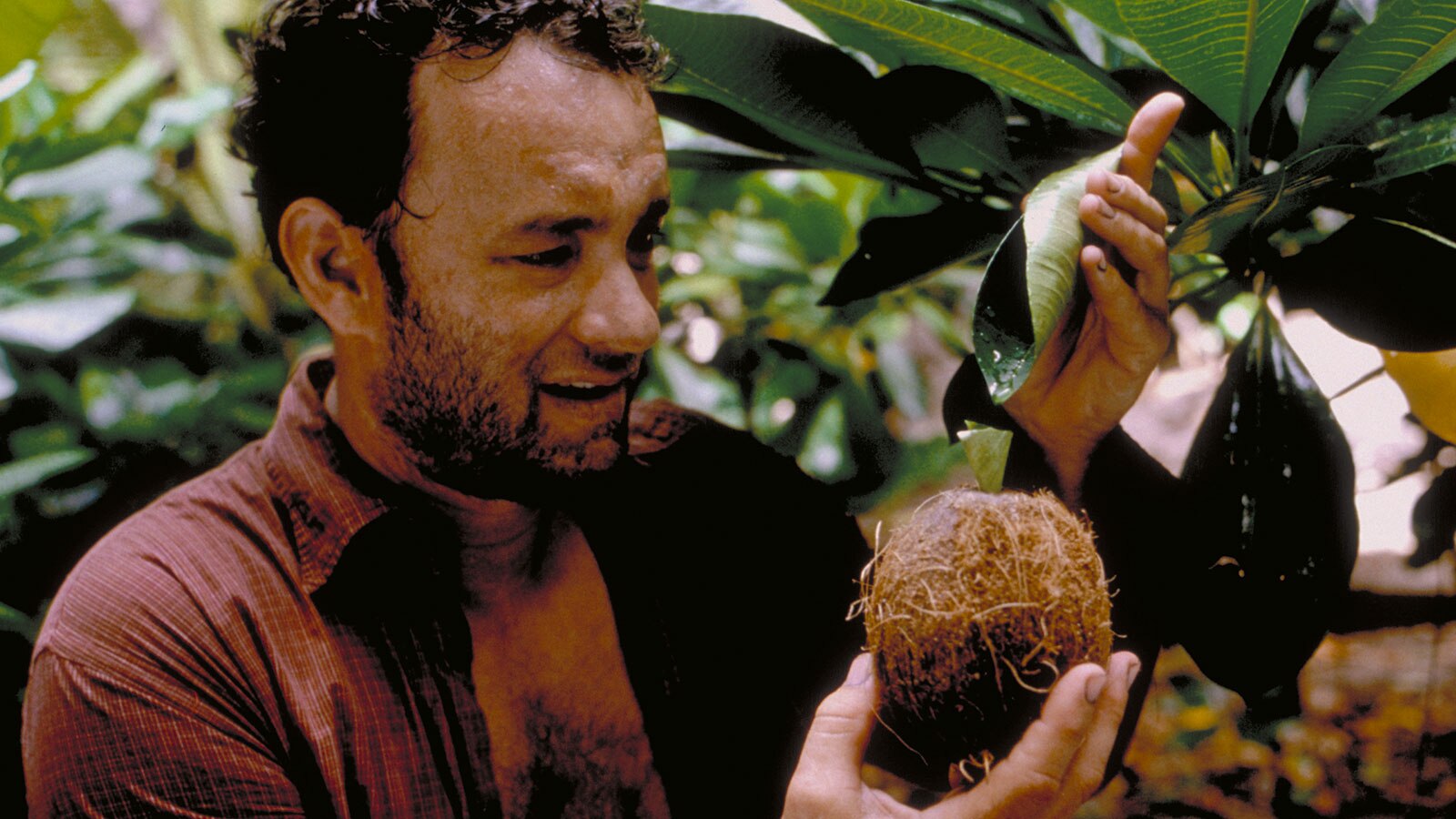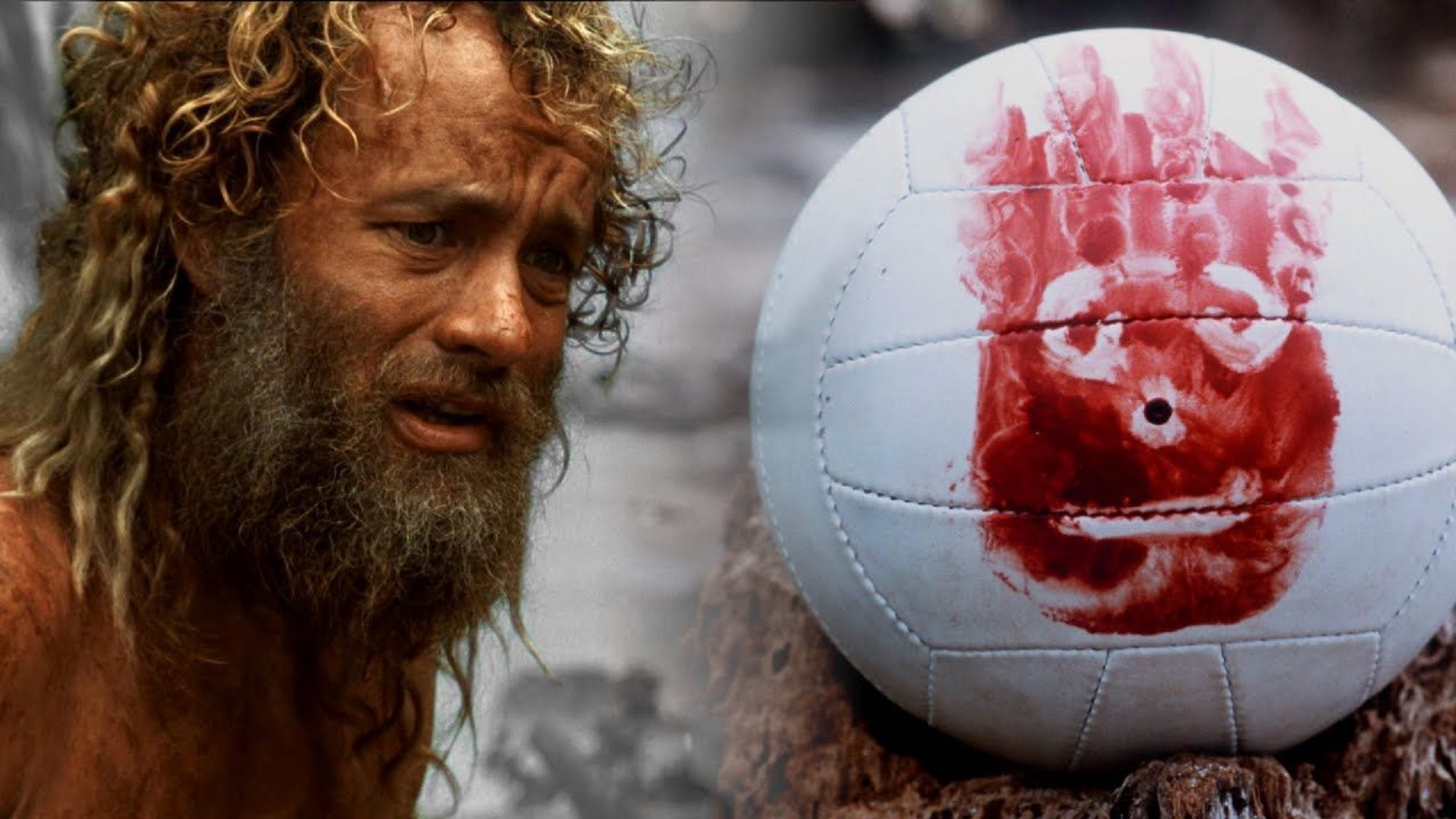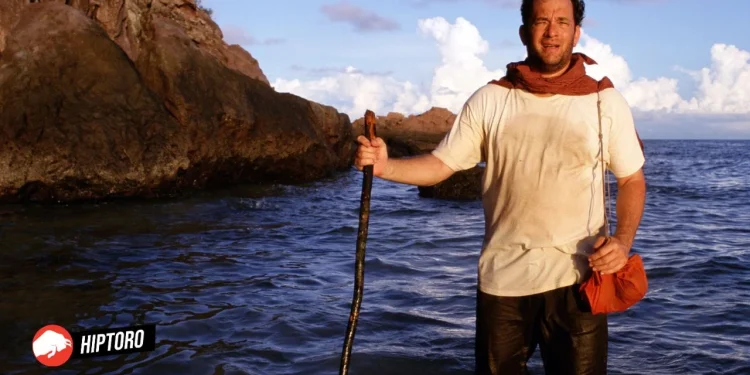Nearly a quarter-century after its release, Cast Away remains a monumental testament to human resilience and the indomitable spirit of survival. This film, which has left an indelible mark on the annals of cinematic history, showcases Tom Hanks’ extraordinary ability to captivate audiences with his transformative performances. Yet, behind the scenes, Hanks’ dedication to his craft nearly cost him his life, adding a layer of real-life drama to the already gripping narrative of the film.

A Brush with Mortality: The Risk Behind the Role
Tom Hanks, a venerable figure in Hollywood known for his versatility and everyman charm, faced an unforeseen challenge that threatened more than just the completion of Cast Away. While filming on a remote island in Fiji, Hanks suffered a severe staph infection from a cut on his left leg, a harrowing ordeal that mirrored the plight of his character, Chuck Noland. The infection, exacerbated by a stringent low-calorie diet and physical exertion required for the role, rapidly advanced, catching Hanks off-guard.
In a chilling revelation during a BBC interview in 2009, Hanks recounted the severity of the situation, stating, “I was there for three days with something that, believe it or not, almost killed me.” The actor’s commitment to authenticity had placed him in dire straits, underscoring the physical and emotional toll demanded by such a demanding role.
The Transformation of Tom Hanks
Long before Cast Away challenged him in unforeseen ways, Tom Hanks had been demonstrating his unparalleled ability to dive deep into the characters he portrayed. From gaining significant weight for A League of Their Own to shedding pounds for Philadelphia, Hanks’ transformations were not merely physical but emblematic of his dedication to storytelling. Cast Away demanded the most prolonged and severe transformation, with Hanks gaining and then losing over 50 pounds to portray the narrative’s harrowing survival tale accurately.
An extraordinary sequence from
CAST AWAY (2000)#TomHanks
— Michael Warburton (@MichaelWarbur17) February 23, 2024
Cast Away: A Journey of Isolation and Survival
At the heart of Cast Away is a compelling story of survival, isolation, and the human will to overcome. Hanks’ character, Chuck Noland, a FedEx systems analyst, finds himself stranded on an uninhabited island following a plane crash.
The film meticulously chronicles Chuck’s journey, from the initial shock and survival tactics to the profound loneliness and introspection that ensues. Hanks’ portrayal of Chuck’s transformation—physical, emotional, and spiritual—is a masterclass in acting, deeply resonating with audiences worldwide.
The filming process itself was a testament to the film’s commitment to realism, with production halting for a year to allow Hanks to undergo his drastic transformation. This dedication to authenticity paid off, with Cast Away becoming one of Hanks’ most commercially successful and critically acclaimed films, grossing nearly $430 million worldwide and earning Hanks his fifth Oscar nomination.

The Legacy of Cast Away
Today, Cast Away stands as a poignant exploration of human resilience, a theme that has only grown more relevant in the years since its release. The film’s enduring appeal lies in its universal themes of loneliness, loss, and the relentless pursuit of hope against all odds. Hanks’ near-death experience during filming adds a layer of gravitas to the film, reminding us of the risks taken in the pursuit of art and the power of cinema to reflect and amplify the human experience.
Cast Away continues to captivate audiences, available for streaming on platforms like AMC+ and Philo, serving as a powerful reminder of the strength of the human spirit and the transformative power of cinema.










